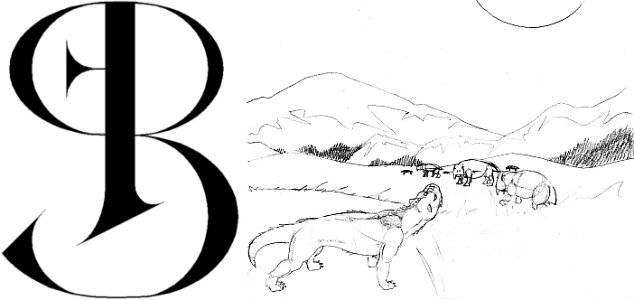Left 4 Dead is
the best FPS if you ignore the problems common to proprietary games with high system requirements. It is not superior because of it's beautiful graphics or physics simulation (most decidedly not because of it's graphics and physics simulation) but because of it's superior game design.
Unlike Counterstrike or Halo, the objective of the game is survival, not sacrifice for an abstract cause. You protect yourself and help others who you need in order to survive. You beat the monsters off of your fellow survivors and help them get up when they are knocked down. You work together against strong enemies. You keep going when you are wounded, and when a comrade falls you find another survivor to replace them. The theme of "help is on the way" drives the game forward.
Dominant PositionMelee combat is more effective than shooting when the bad guys are up close, and it is much safer for the other survivors. The right mouse button does a melee attack regardless of which weapon you are using. The melee attack knocks nearby monsters back and often knocks them down if it doesn't kill them. Meanwhile the monsters try to overwhelm you with numbers, pounce on you and hold you down, strangle you with tongue-tentacles or throw you off of the top of buildings.
Survivors pack light: one or two pistols for your sidearm, one primary weapon (automatic weapon, shotgun or rifle), either a molotov cocktail or a pipe bomb and either a first aid kit or pain pills. (The first aid kit or pain pills can be used on yourself or the other survivors, and first aid takes too long to be used in the middle of a fight.) Defensive positions scattered around the game are stocked with extra supplies, piles of ammo (a generic resupply point that refills any weapon), gas cans, propane tanks, oxygen tanks and other situational weapons.
PersonalityMovie-influenced monsters include the fast angry infected horde from 28 days later, Resident Evil style mutations (like the tentacle-tongued smoker, the fat vomiting boomer and the giant muscular tank) and even a creepy tricky girl monster like Samara from The Ring or the Blair Witch (by far the most feared enemy in the game even though - or because - you can avoid her most of the time, and not playable in the versus mode where one team of players control infected mutants.)
The survivors are represented as four unique characters: A vietnam veteran who is appropriately old, sharp and respectable (not a greasy tragic John Rambo misfit), a white thug playing the comedy relief Jayne Cobb style, a small, athletic female college student typical of horror movie survivors, and what I call the "white collar brother": a black systems analyst who fills the nervous jumpy survivor role.
Assymetrical ConflictLeft 4 Dead is not a war of attrition where victory goes to whoever is last to run out of hit points or ammo or soldiers or minerals. The action goes through cycles of slow recovery, exploration, stealth and avoidance, hunting and stalking, ambushes, escape and big boss battles which you you must sometimes trigger intentionally to meet your long term survival goals (call an elevator, radio for help.)
See my other
blog post about the Steam Cloud technology used in Left 4 Dead.
 In the Squawk Role-Playing Game, Leviathans are intelligent crocodilians. Like crocodiles and Alligators, leviathans are armored, swimming predators, but Leviathans have longer and more powerful legs, allowing them to walk bipedally like some crocodilian ancestors.
In the Squawk Role-Playing Game, Leviathans are intelligent crocodilians. Like crocodiles and Alligators, leviathans are armored, swimming predators, but Leviathans have longer and more powerful legs, allowing them to walk bipedally like some crocodilian ancestors.






